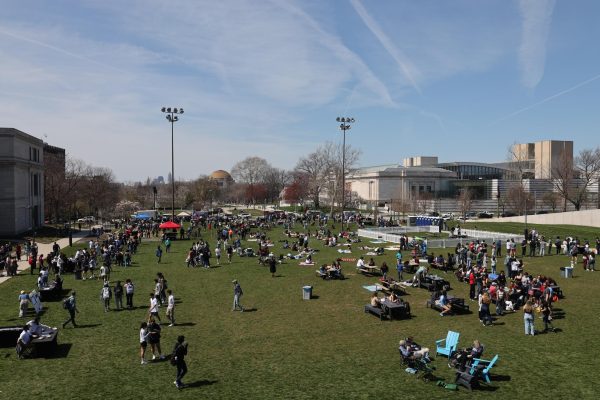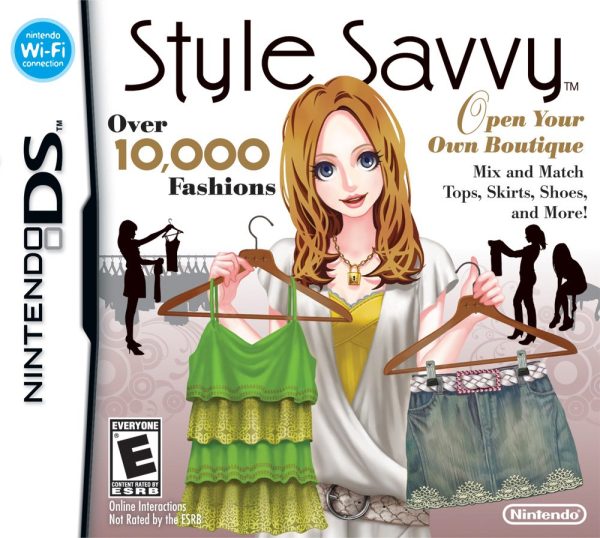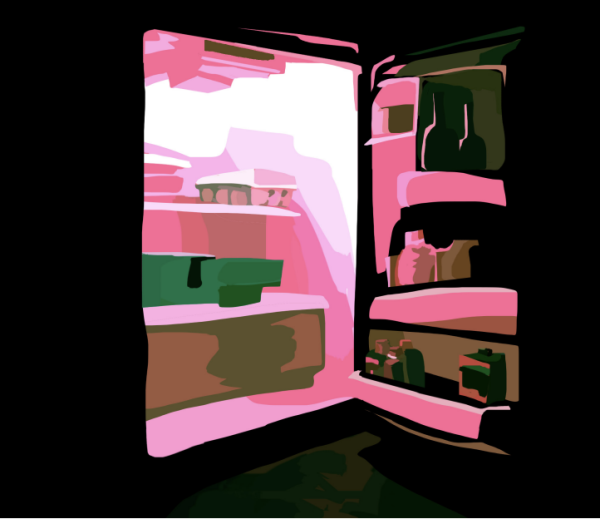Diversity (or something else)
The meaning of Spartan life
September 26, 2014
Now that classes have picked up and students have assumed routines some good observation can be done. Of the many things I’ve noticed, it’s hard to miss the increased presence of foreign students on campus. International students are more represented than ever at Case Western Reserve University.
According to the Office of Undergraduate Admissions’ published statistics, 12 percent of last year’s incoming class was international students representing 14 different countries. What’s more, a Plain Dealer article published Sept. 6, 2013 showed the top three cities represented in the class of 2017: Beijing and Shanghai sandwiched the second-most popular Cleveland as the first and third most represented cities respectively.
The Admissions Office doesn’t have updated figures online, but I want to know, what are the figures for the class of 2018? How many students are from other countries?
I’m taking a class this semester on the politics of China. In that class are three international students from the topic country. Not only is their presence in class inspiring, but it’s helpful. They supplement the hour and 15 minutes with irreplaceable authentic language, experience and perspective.
One day, I asked them about their experiences in America and at CWRU. On their overall impression of the United States, their answers were somewhat as expected. They were in a relative state of culture shock and mild confusion at Western mentality and reality. On CWRU, however, I was horrified at what they said.
The extent of their contact with non-native Chinese students on our supposed globalized, diversified, multicultural and welcoming campus is severely restricted to classroom settings—outside of coursework they have little to no contact with other students.
There is also a Korean student in the class who said the same thing. He primarily sticks with the Korean subset of CWRU’s larger campus community. And from pure observation, it seems that international students don’t mingle much amongst one another. Is this diversity? I think not.
Diversity is simply the presence of difference. But on a college campus, this presence is not enough to satisfy the definition—diversity is not some random assortment of numbers that looks good on PowerPoint presentations intended for donors and prospective students.
International students almost exclusively pay full tuition without aid to attend this university, but they are not afforded the same experience as others. Obviously they are here to obtain an education, but the cost is a literal social alienation.
CWRU is not prepared for such an influx of international students.
The Plain Dealer article from last September made an interesting point. It stated, “While administrators talk excitedly about offering students a global education on a multicultural campus, researchers spy an economic impact both immediate and long-term.” I think this commentary couldn’t be more on point.
It is naïve to think that CWRU is only concerned with “offering students a global education on a multicultural campus.” Indeed, administrators are likewise ecstatic at not having to shell out financial aid to 12 percent of the class of 2017.
The university is quick to cite the increased numbers of international students, but how do we handle them once they are here? According to my Chinese and Korean friends, we don’t do a good job, we neglect them. The picture they paint doesn’t look like the shiny snapshots which form the slideshows and videos that litter the homepage of www.case.edu.
But where do we go from here? The university appears to believe programming is the solution to student discontent and a dilapidated sense of community, so organizations for international students exist and there are mixer events for them at the beginning of the year. Only the best evidence of success comes directly from the students, and there is a major disparity between what appears to be and what actually is.
Charles de Gaulle once said, “How can you govern a country which has 246 varieties of cheese?” This sentiment expresses what is rapidly becoming the single greatest question CWRU faces moving forward as it shapes its identity around diversity.
My criticism rises from anecdotal evidence, and I wholeheartedly acknowledge that. But if four students I just happen to be in class with feel the way they do, then undoubtedly there are others that feel the same way. And if there are others that feel this way, there is a problem.
Jacob Martin is a senior opinion columnist. He wants to know when the green scaffolding around Clark Hall will come down. It’s been almost two years.
























